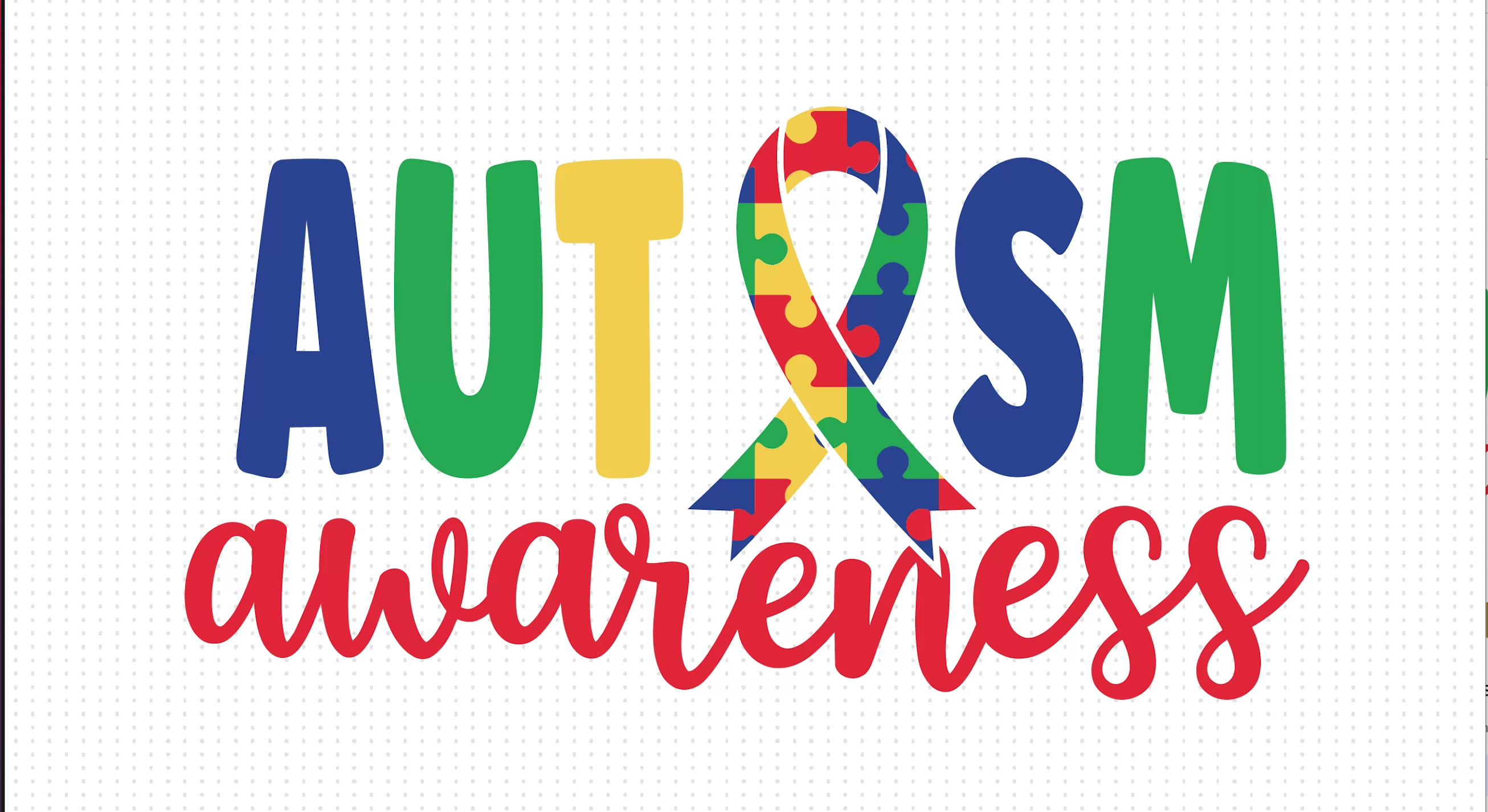Understanding Autism: A Holistic Approach Beyond Education and Towards Health

April 3, 2024
Discover insights into autism issues, education, and healthcare strategies for individuals. Learn about the diagnosis process, multidisciplinary evaluations, and importance of comprehensive support systems for those affected by autism.
In recent months, there has been a significant focus on how to respond to autism issues, as a society. Repeatedly, the discussion has focused on solutions within the education system. The prevailing conceptualisation of autism is a behavioural disorder requiring a particular educational response. There has also been important discussion about social, economic, and institutional access of families and their need for support in these spheres. While this can certainly help families cope, it does not directly address autism as a condition.
Autism is diagnosed under guidelines from the American Psychiatric Association’s Diagnostic and Statistical Manual of Mental Disorders. It is a neurodevelopmental disorder that is diagnosed based on social, emotional, and cognitive behavioural deficits and impairments. However, researchers across the globe are searching for testable biomarkers for autism. Autism is therefore a medical-psychiatric/psychological, and mental health diagnosis. It is not an educational diagnosis.
Autism is diagnosed by developmental paediatricians, psychologists, psychiatrists, or neurologists. Speech and language therapists can assess and contribute to an autism diagnosis, usually as part of a multidisciplinary team. Autism cannot be diagnosed by an educational psychologist. Autism is not a learning disorder, but it is a condition that can have implications for learning. Additionally, people with autism may have learning disorders like dyslexia, dysgraphia, and others, along with their autism diagnosis.
There is an unquestionable need for a comprehensive education policy for children with autism. There is also a need for an approach to lifelong learning with continuous intervention support across the lifespan of all people with autism, of any age. However, some of the most significant contributors to the experience of autism from birth to old age, are matters related to health and mental health. There is therefore a need for a comprehensive autism health policy in Barbados.
How we generally think about autism
When we speak about autism, the focus is usually on the outputs of behaviours and learning and not the inputs to behaviour and learning. That is, we do not focus on what causes behaviour, we tend to look at the behaviour as the starting point and try to stop problematic behaviours. All human behaviours are rooted in functions of the brain and its development – the central nervous system and sensory experience, neurotransmitters, hormones, metabolic processes, motor control and several other integrated biological factors. Behaviour is also influenced by social and emotional factors, but they too are influenced by the workings of the brain as we engage with the physical and social world around us. Doctors, psychiatrists, and psychologists know this but the conversation in Barbados about autism only focuses on teachers and the education system. It is time for the conversation to include health and medical issues in autism intervention, care, and management.
Notably, whenever things reach an emergency point for a child, adolescent or adult with autism, the response is usually a health or mental health response, not an educational response. When people must be hospitalised for gastrointestinal disease, or psychological/psychiatric crises and emergencies, or children medicated to manage their behaviour in classrooms, the response is within the health and mental health systems. So, what happens to create a gap between the moment of diagnosis within the medical-psychiatric-psychological fields and the situations of emergency requiring hospitalisation? How is it within the health fields at the start and in the worst-case scenarios, but in between there, it is treated as an educational matter?
Therapies and education are the engagement tools to stimulate brain plasticity for change and learning to occur. The focus of every therapy is to use an external tool, method, or approach to stimulate an internal change in the brain. The indicator of change is a new output of expected behaviour. But even before we get to therapeutic interventions, even before we get to new learning, there must be consideration of what the child starts with, from the time of conception and development; the state of their health as the foundation for learning; and the early exposures to factors that affect their health and developmental trajectory.
A missing piece of the autism puzzle that we are never speaking about in Barbados is health. Thus, we are only barely touching the surface of the potential autism support that could be available here. There is so much more that needs to be done to optimise the lives, well-being, and full potential of persons with autism.
Health status of women prior to conception and the relationship to autism
For years, it was thought that autism had a genetic basis. However, the most current research on autism recognises the interaction of a combination of both genetic susceptibilities and environmental factors, or epigenetics, as contributing to the development of autism. Epigenetic factors related to autism consider the link between exposure to chemical and environmental toxins and pollution, medications, viruses, bacteria, etc. and the genetic profiles of some individuals. Susceptible people may have difficulty with detoxification and a decreased capacity to reduce the inflammatory responses that exposure to certain environmental factors may trigger.
Recent research, like Association Between Exposure to Ambient Particulate Matters and Risks of Autism Spectrum Disorder in Children: a Systematic Review and Exposure-response Meta-analysis, in the Journal of Environmental Research Letters 2021, and other similar research, have identified exposure to and bioaccumulation of toxins within women’s bodies prior to conception. In multiple studies, toxins which have been found in the placenta and cord blood of pregnant women, the breastmilk of mothers, and within some infant formulas, have been identified as related to autism. This means that exposure to environmental pollutants and toxins like heavy metals, pesticides, and many other pollutants may be occurring from conception within the mother-to-be, throughout pregnancy, very soon after birth and in the early infant and toddler period.
Therefore, if we really want to look at making a difference with autism in Barbados, we need to address pollution and toxic chemical and environmental exposures. We need to examine gardening and farming practices that are pesticide, antibiotic and hormone free, rearing animals for consumption that are organically raised and grass fed. It is also necessary to seek to reduce exposures to air pollution and other sources of pollution, so that pre-pregnancy exposures are reduced and developing infants and children are protected from exposure from conception to birth and beyond. There must also be encouragement of breastfeeding by mothers who are eating an organic, non-toxic diet, and provision of safe organic baby foods and infant formulas for our infants and toddlers, as other research has found toxins in some baby food. These types of considerations are a preventative health matter.


